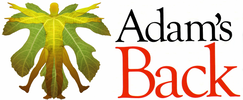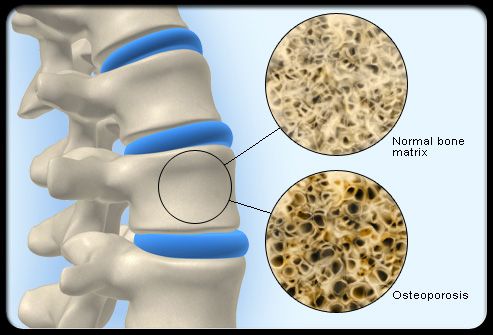|
28/7/2021 0 Comments Is Osteoporosis in you Future?When you’re a child, it’s not uncommon to receive a bone fracture from falling off the jungle gym or your bicycle. As you age however, it’s more common for it to be related to a bone-weakening disease known as osteoporosis. But does it have to be?Even though osteoporotic fractures in Australians over 60 are all too prevalent, there is room for you to prevent them from occurring. If osteoporosis isn’t a genetically likely outcome predetermined by your parents’ bone mass, then you can begin putting steps in place today to reduce the likelihood of a diagnosis, or at least prevent the risk of related fractures.
However, it’s firstly important to understand what osteoporosis is, how it occurs, and what it can do. Osteoporosis is a disease that weakens the density and strength of your bones and increases the risk of fractures.You often don’t know you have it until you break a bone. Fractures of your wrists, ribs, upper arms, spine, and hips are the more common osteoporosis-related fracture locations. When you’re around 20 years old, your body stops renewing and replenishing bone, which means you have reached your peak bone mass. After this point, the strength of your bones can decline – a process that may be accelerated by lifestyle decisions you make as well as your genetic makeup. The risk factors Often, your parents determine whether you will get osteoporosis or not, so you are not always going to be able to prevent the diagnosis in later life. However, you are also more at risk if you have already broken bones as an adult, you smoke, drink to excess, have low body weight and are small in stature. If you went through menopause early in life, are already out the other side, or don’t eat calcium-rich food, these factors may also put you more at risk. Taking medication, not exercising, and not getting enough sunlight can also be to blame. Help yourself To reduce the risk of osteoporosis-related fractures, or the condition itself, there are many lifestyle changes you can make. Firstly, include calcium-rich food in your diet such as chia seeds, soy milk, almonds, dried figs, and white beans. Even just two tablespoons of chia seeds can offer as much as 179 mg of calcium, while one cup of white beans has 161 mg. They are also low in fat, rich in iron, and are versatile for use in salads, side dishes and soups. Some studies have also shown that higher intakes of protein, coupled with over 600mg of calcium per day, resulted in a higher bone mass rating. As a result, food high in protein may be of benefit for reducing fractures too. If you’re not one for exercising, then it might be time to start. Weight training may help to strengthen not only your muscles but your bones as well. In young people, weight training can increase the bone mineral density, but in older people, it can slow down the bone density loss. While not everyone can prevent a diagnosis of osteoporosis, you can make plenty of lifestyle changes that can reduce the impact it may have on your life. Image from Pinterest.co.uk
0 Comments
Leave a Reply. |
AuthorAdam's Back is a team of dedicated complimentary health professionals. Our aim is to support you in finding drug-free solutions for better health. Archives
July 2024
Categories |
Search by typing & pressing enter


 RSS Feed
RSS Feed